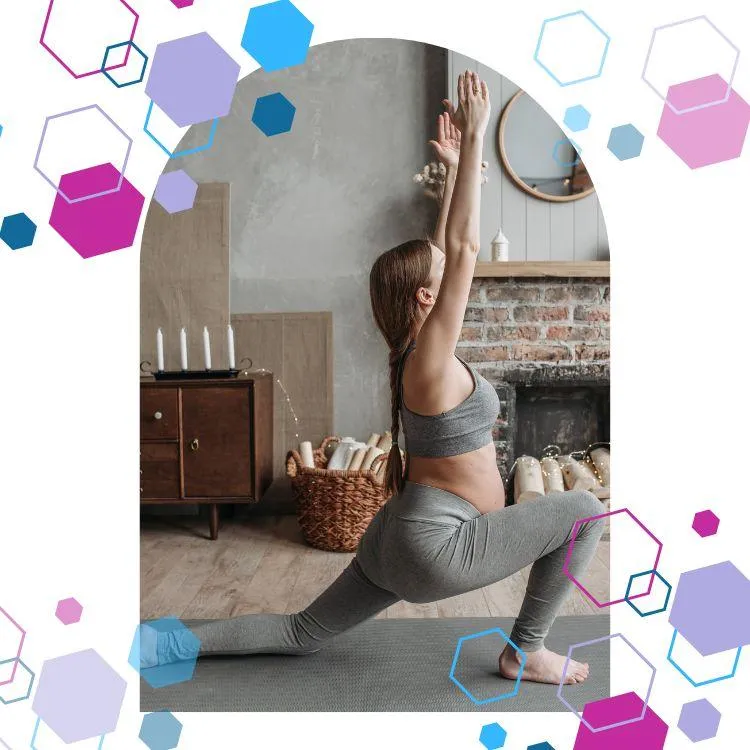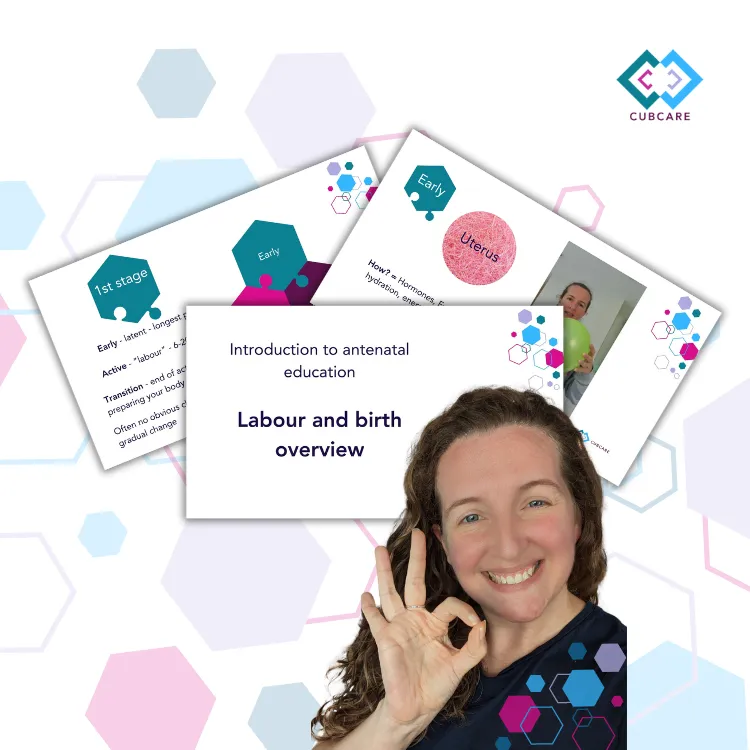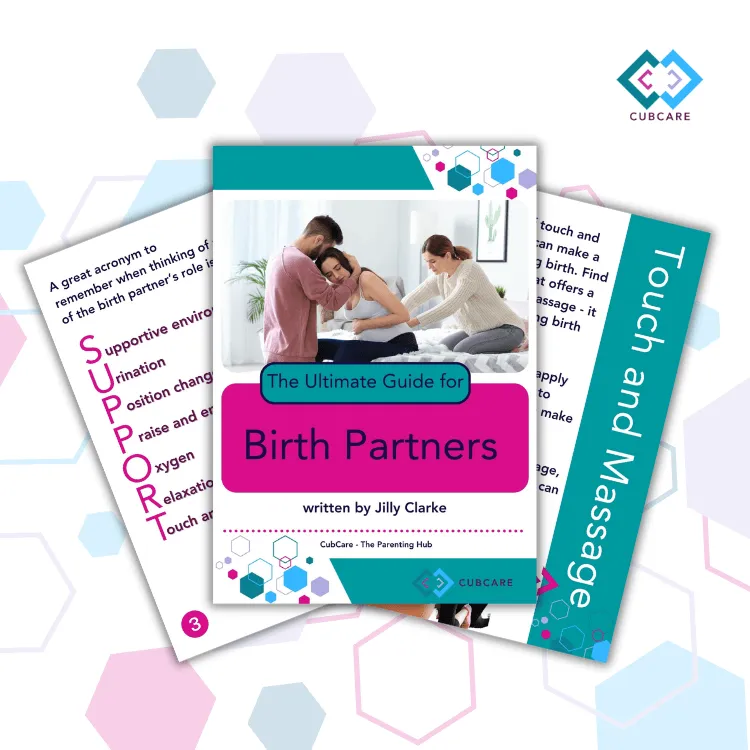Release the posas muscles for a better birth
How important is your psoas muscle for pregnancy and birth?

A tight psoas muscle can make pregnancy uncomfortable and labour longer
How is the psoas muscle connected with pregnancy and birth?
You might not have even heard of your psoas muscles. It is a bit of a secret set of muscles – but so important. They sit in your core and take up quite a bit of room, so they are very important during pregnancy and birth.
These are such amazing muscles that are so important during birth, and they are not spoken about enough. They connect our spine with the top of our femur/thigh bone. We have one on each side of our body. There are four (possibly even 6) muscles in total but the ones on each side almost work together as one.
The Psoas’ primary action is to flex the hips. They also play an essential role in stabilising the spine and offering structural support for your internal organs, this becomes particularly important during pregnancy when relaxin and oestrogen make joints more lax and unstable so muscles are called upon to help stabilise. In birth the psoas plays an important role in helping to guide baby through the pelvis, creating a guide to ease baby into, and through the pelvis.
Chronic stress and posture issues can cause the psoas muscles to contract and remain tight. This might result in hip and back issues, digestive problems, shallow breathing, and a feeling of unease that links with anxiety.
During pregnancy, tightness in the psoas muscles can cause issues with baby's position because they haven't got the space to get into the position they need to, and it can cause difficulties with baby engaging and entering the pelvis. Tight psoas muscles can cause the pelvis to push forward, or in some cases backwards, both can have an impact on different parts of the birth journey. A balanced psoas, with the ability to move through its full range of movement, will allow a full range of movement of the pelvis - so you can move your body in an instinctive way according to your birth.
A tight psoas muscle can also restrict space in the body for your internal organs. Your internal organs are also severely impacted by the growing baby as it is, they could do with all the space they can get. A tight psoas and lack of space combined together it can cause issues with discomfort in your core too, particularly with digestion.
Sitting for long periods of time, wearing high heels, sleeping in the foetal position, bad posture, and excessive exercise without knowledge of stretching can contribute to these issues.
A tight psoas could be causing your back or pelvic pain
Up to 86% of people could suffer from lumbopelvic pain (lower back and pelvic pain) in pregnancy. A 2021 article suggests that "several risk factors for pregnancy-related lumbopelvic pain have been identified and include history of low back pain, previous trauma to the back or pelvis and previous pregnancy-related pelvic girdle pain." Tight psoas muscles cause stiffness and restriction in the spine and pelvis, limiting movement and causing pain.
When the psoas muscles are tight, symptoms can include discomfort in the core area, low back pain, hip pain, aches, pelvic imbalance, structural and postural problems, digestive issues including constipation and slow digestion, constricting of the organs and nerves, and even limiting breathing.
What helps pain or discomfort from a tight psoas during pregnancy?
Even if you are already in pain, movement often can really help. It is always sensible to see a woman’s healthy physio, or an osteopath to personally assess you.
But there is a lot you can do at home to keep the psoas muscles lengthened and relaxed. Simple exercises like those below can help to ease out tight psoas muscles, but keeping mobile and avoiding long periods of sitting can help to ease symptoms of a tight psoas.
Movement in pregnancy is the key to better birth experiences. To understand how your body works should be a goal in pregnancy."
Jilly Clarke
How to relieve pain or discomfort from a tight psoas during pregnancy?
Pay attention to your feet, make sure that your toes are facing forward as much as possible
Have an awareness of your posture – try to keep the tailbone untucked, but don’t let your ribs thrust out either – balance, and a neutral pelvis is what you’re after. The ability to keep your pelvis mobile is key to
Try some piriformis and lower back release exercises
– 1) Standing psoas release. Stand sideways on a step with your supporting leg close to the edge of the step and your other leg free. Support your balance by holding a wall or the banister. Keeping your hips level, relax your free leg to hang down a bit lower than the step. Once initial tension has been release, get someone to swing your leg backwards and let go (or push it backwards yourself). Allow the leg to swing and relax, not forcing any movement with the leg itself. Swap to the other side, but always use the leg that is not on the step to swing.
- 2) Lying psoas release. Lay in a semi-reclined position well supported with cushions, bolsters or an exercise ball. you should be supported along the length of your spine. Have your knees supported, with your legs in a turned out position and make sure your arms are also supported. Relax, breathe and ease into the floor for 5 minutes at a time until you feel tension in your lower back and pelvis release.
– 3) Table stretch or forward bend. Stand facing a table with your feet slightly wider than your hips. Lean forward with your hands on a table, back of a chair or kitchen counter, or let yourself bend forward towards the ground. Keep your arms straight and bend down only as far as you can maintain a flat back. Pull your hips away from the table until you feel a nice stretch in the lower back and back of the legs. You can also move your hips side to side to increase the stretch in the lower back and hips.
– 4) Pigeon pose can be modified depending on your stage of pregnancy and flexibility. Get on your hands and knees on a yoga mat on the floor. Slide your right knee forward so it’s between your hands, angle the knee toward your right hand and foot towards left hand as far as is comfortable. Slide your left leg back, keeping your foot on the floor. Place a rolled towel or a yoga block under your right hip. This will make the stretch easier and allow room for your belly. Lean forward over your right leg. Slowly lower your elbows and chest toward the ground, putting a cushion or yoga block under your head and/or arms for support.
– 5) Hip flexor stretch. Kneel on the floor on your hands and knees. Step one foot in front of you so that your hip and knee are at a 90-degree angle. Shift your weight forward until you feel a stretch in the front of your back hip and leg. If you need some extra support you can use a yoga block on its highest setting to rest hands on. Rock forwards and backwards for 30 seconds, feeling a stretch through your hamstring of the front leg as you lead backwards. Then repeat on other side.
– 6) Childs pose is a wonderful pose during pregnancy. Come to hands and knees on a yoga mat, touch your toes together and make knees slightly wider than hips. Bring bottom down towards feet, leaving hands to stretch out along the mat in front of you. Keep taking deep breaths, stretching the arms forward and keeping shoulders down, feeling the stretch in the low back and shoulders.
Try some Pregnancy Yoga and keep walking to help release tension. Keep hydrated, it is vital to fuel muscles, and practice deep, diaphragmatic breathing to send oxygen to your muscles too.

CubCare Pregnancy Yoga piriformis and psoas release

CubCare Pregnancy Yoga hip flexor stretch
Our Psoas muscles are such an important part of birth!
Sitting deep in the core, when the psoas tight it can restrict space for the uterus and lead to imbalance. This can impact baby’s positioning and ultimately the birth.
When the psoas muscles are chronically tight during pregnancy, there is less space for baby to get into the position they need to. The psoas muscles wrap around the back of the uterus, providing support and helping it to stay upright. Psoas muscles that can lengthen and contract fully can be crucial for optimal foetal positioning, allowing the baby to move into the ideal head-down position for birth and head into the pelvis.
The psoas muscles also connect to the diaphragm, which is the main muscle involved in breathing. Relaxed and flexible psoas muscles can contribute to deeper, more efficient breathing, which is important for both mother and baby during pregnancy and labor.
During pregnancy, tightness in the psoas muscles can cause issues with baby's position because they haven't got the space to get into the position they need to, and it can cause difficulties with baby engaging and entering the pelvis. Tight psoas muscles will tighten your core area, giving your brain a sense of tension and contributing to the flight or fight response. In fact, the flight or fight response IS your psoas muscles tensing up preparing your legs to flee, or creating movement to fight!
How to work the psoas for an easier birth.
Keep mobile - a 30 minute daily walk, and 10 minutes of targeted stretching and movement
Practice keep 360 degree diaphragmatic breathing. Our Glide Breathe that we teach in our antenatal courses allows you to get full range of movement in your ribs, diaphragm and core area. Slow focused breathing also allows your body to switch off from the fight or flight response, which naturally tenses the psoas muscles.
Make use of birth partner massage. Regular birth partner assisted massage and movement techniques can release tension
Focus on pregnancy core work and pelvic floor exercises to help with pelvic stability, allowing the psoas muscles to relax and not take the strain
See a physical therapist knowledgeable on pregnancy.
Maintain a good posture - find your neutral pelvis and keep free range of movement where possible.
Some special client words about CubCare Antenatal Classes
“This labour was SO much better than the first. Your CubCare refresher antenatal course helped so much for the labour, it was much calmer than the first and much more controlled. The breathing techniques were so helpful – I breathed her out!”
“I felt completely in control for the entire 26 hour labour – I just felt so calm, the breaths were incredible and the consultant commented on how she couldn’t believe I’d refused an epidural. I felt confident enough to question and on occasion challenge recommendations of the midwives so that the birth ended up being as natural as possible! A very positive experience to look back on. Thank you!!”
"Jilly has a talent for creating a really welcoming, friendly and safe space which is great for mums and babies alike. The CubCare Antenatal classes are informative and fun, yet relaxed."
Download our Freebies
Based in Welwyn Hatfield, offering local pregnancy support and doula services across Hertfordshire: St Albans, Hatfield, Welwyn Garden City, Potters Bar, Stevenage, Harpenden, Hitchin, Barnet, Mill Hill and surrounding areas.
Online antenatal and postnatal education available UK-wide.
© Copyright 2025 CubCare The Parenting Hub - Privacy Policy - Terms & Conditions



